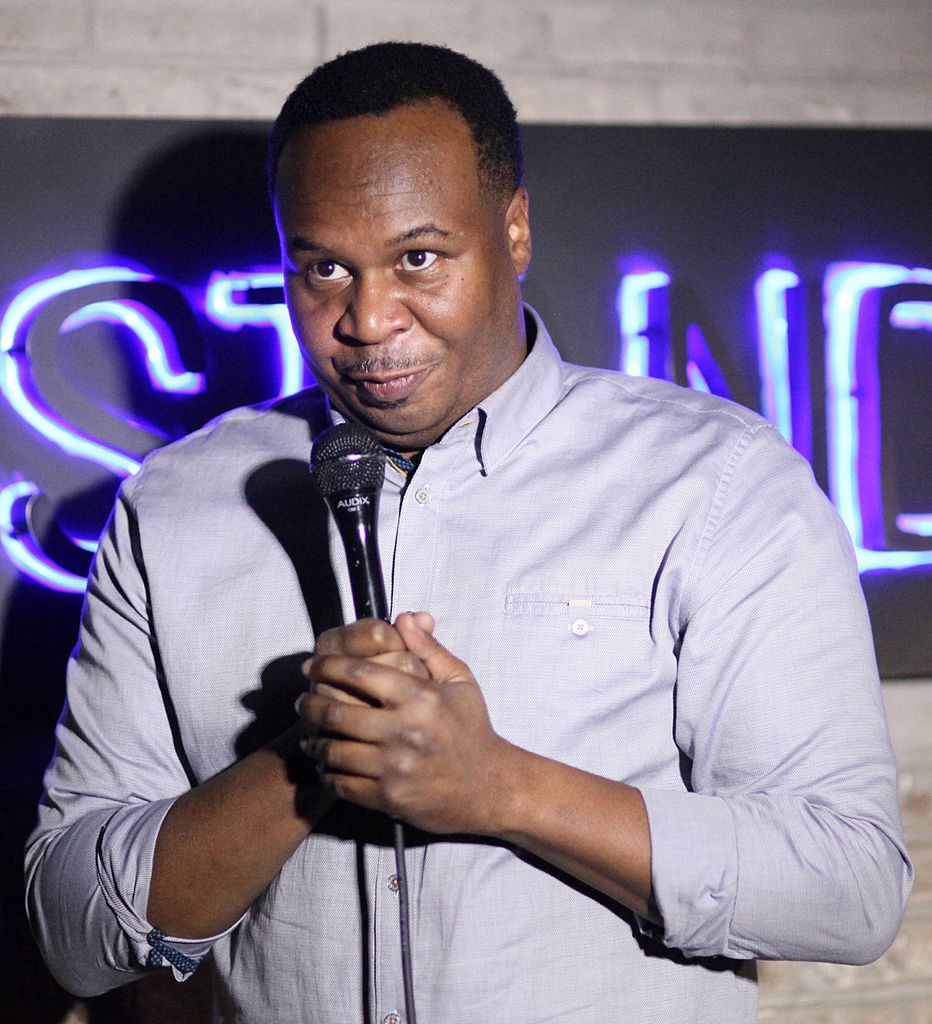We are all Roy Wood Jr.
The comedian announced last week that he will not continue as a correspondent on Comedy Central’s Daily Show, even as executives continue to hunt for someone to replace Trevor Noah. Wood was among those being considered—and still might be—but clearly grew tired of waiting in limbo.
“I can’t come up with Plan B while still working with Plan A,” Wood told NPR, adding that he didn’t want to stay on as others got considered for the top role.
While TV shows and comedians are hardly emblematic of the office hierarchies most of us toil within, there’s something so familiar about Wood’s situation. You work a job to glowing reviews, the big boss leaves, you get asked to fill in and help out, a parade of people interview for the role while your own future remains unclear.
Workplace drama often thrives during these transition periods, but as Wood’s action demonstrates, it doesn’t mean employees have to take it—and employers would do well to make sure they don’t have to. There’s now new thinking around the importance of retention thanks to rising turnover, a more constant need for reskilling, the arrival of AI, and less ability to hire like before due to economic uncertainty.
Retention is a cultural value, a principle upon which to grow and build a business. In an interview, Larry Sutton, founder and CEO of RNR Tire Express, defined it for me as “the art of making people feel at home when they come to work, rather than looking over their shoulders for the next best thing.”
Whereas the last few years were marked by an exodus of workers, the next few will need to dwell more on how to keep them happier. Studies show retaining employees has an outsized influence on worker productivity, profitability, and general morale.
“On personal and professional development, there’s a big focus for leaders to create an ecosystem of mobility inside the organization,” says workplace strategist Erica Keswin, author of the new book, The Retention Revolution. “Especially to Gen Z, growth is more important to them than money. In many cases, they are going to leave anyway.”
The new career trajectory
One chapter of Keswin’s book is called “From Ladders to Lily Pads,” and explains how fewer rungs in the modern workplace mean a successful career path might not be a straight upward line, but more a process of experimentation, lateral moves, and multiple roles straddling different skill sets.
A greater focus on work-life balance in some industries means newfound clarity for many workers that they don’t want to manage or don’t want a top job. Keswin cites a study on the number of lawyers, for example, who don’t necessarily want to make partner but still want to learn vital business skills and feel their contributions are meaningful. The rise of remote and location-agnostic work, she adds, have also changed the conversation about what employees want and what it will take to keep them.
Retention is a value, even as the robots take over
Citing Microsoft executive Jared Spataro’s thoughts on the future of AI being the future of work, Keswin says it’s important to remember that everyone is going to be a manager in some way. They will have to manage and delegate the technology, even as skills such as social interaction and emotional intelligence will matter more than ever. “When we think about the entry-level roles that all of us used to have, AI can do some of that now,” she says. “We’re in the midst of this moment to figure it out, how can we leverage this technology? It’s a huge reset for the workforce.”
Doing right by your people cannot be dependent on the state of the economy, the latest technological advancement, whether diversity, equity, and inclusion are still en vogue, says Sutton. “Retention should always be a primary focus for companies,” he says. “It’s a key indicator of a brand’s commitment to culture and people, which correlates directly to how the general consumer population views a business and the people running it.”
How to talk about what’s next
Since the racial justice protests of 2020, many workplaces focused on diverse recruiting as a response to their lack of a multicultural workforce. But now retaining those same hires, and those who have been there all along, is as important in any inclusion strategy.
A few years ago, during a high-profile search, a hiring manager told me he had identified his first choice, who happened to be a person of color and an internal candidate, but wanted to “see what else is out there.” Instead, I encouraged him to make the offer as a sign of his confidence and commitment. The industry and market was so small that I feared all outreach would end up getting back to the preferred person and undermine his success.
Pragmatism, honesty, and transparency are the traits to rely upon during a retention play. Managers should shift mindsets from only caring about employees as long as they are on their payroll to caring about their overall career growth and development.
Underscoring this, one question Keswin suggests employers ask their teams: “How are you really, really doing?”
This might feel like a familiar line of questioning from the pandemic, but it’s not time to retire it yet. It invites honest responses and allows conversation to flow from something other than yet another meeting invite. My version of this during annual reviews is asking the question, “Are you happy?” A surprisingly high number of people tell me they have never been asked that, and thus never thought about it in relation to work.
We need that to change, and to make sure colleagues know they are valued—preferably before we sign their farewell card.
